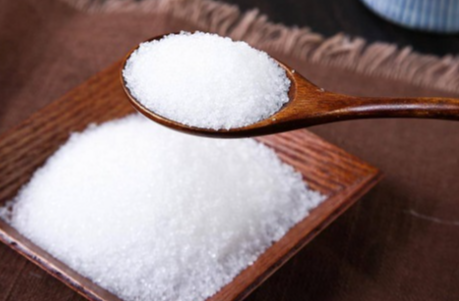Is Sugar a Compound

The classification of sugar as a compound is a topic of interest within the realm of chemistry. Understanding the nature of sugar, its composition, and molecular structure is essential in determining its classification.
In this discussion, we will delve into the definition of sugar, explore the characteristics of compounds, examine the chemical structure of sugar, and ultimately address the question of whether sugar fits the criteria to be considered a compound.
By analyzing the fundamental properties and arrangement of sugar molecules, we aim to provide a comprehensive insight into the intriguing concept of whether sugar can indeed be classified as a compound.
Sugar: Definition and Composition
Comprising carbon, hydrogen, and oxygen atoms, sugar is classified as a carbohydrate. Its molecular structure determines its sweetness. Defined as a simple soluble sweet crystalline substance, sugar plays a vital role in energy provision.
The composition of sugar varies, with common types being glucose, fructose, and sucrose. Understanding the molecular composition of sugar is essential in comprehending its properties and effects on the body.
Characteristics of Compounds
The characteristics of compounds can be understood through their specific chemical properties and interactions. Compounds exhibit distinct features based on their molecular structure and bonding.
Ionic bonding, where electrons are transferred between atoms to form ions, is a common type of interaction in compounds. This results in the creation of stable structures with positive and negative charges.
Understanding these properties helps in identifying and categorizing different compounds in the realm of chemistry.
Chemical Structure of Sugar
One commonly known compound, sugar, consists of a specific chemical structure that plays a crucial role in its properties and functions.
Sugar molecules are composed of carbon, hydrogen, and oxygen atoms arranged in a molecular formula typically represented as CₙH₂ₙOₙ, where ‘n’ varies depending on the type of sugar.
This molecular arrangement determines the sweetness, solubility, and other characteristics of sugars utilized in various applications.
Decoding Sugar as a Compound
Decoding sugar as a compound involves understanding the intricate molecular structure that defines its fundamental properties and functions.
Sugars are classified as carbohydrates and can be categorized into monosaccharides, disaccharides, or polysaccharides based on their molecular structure.
The general molecular formula for sugars is (CH2O)n, where ‘n’ represents the number of carbon atoms. This formula highlights the ratio of carbon, hydrogen, and oxygen atoms in sugar molecules.
Conclusion
In conclusion, sugar is indeed a compound due to its complex chemical structure and composition of carbon, hydrogen, and oxygen atoms bonded together.
Just like a beautifully arranged bouquet of flowers, sugar molecules intricately intertwine to form a sweet and cohesive whole.
The intricate dance of atoms in sugar showcases the artistry of chemistry, creating a symphony of flavor that tantalizes our taste buds.




